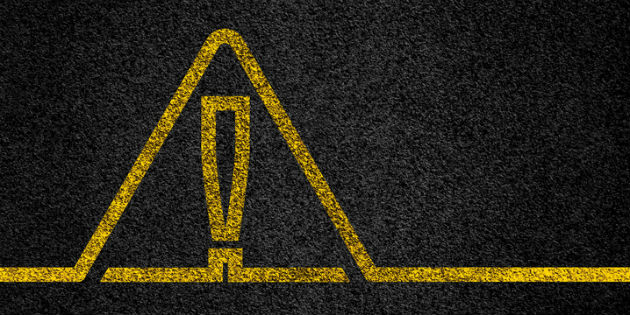Headphones that bypass the ear could cut distraction-related pedestrian deaths
Safety
Facial bone conduction technology developed by young Mexican technicians could be the solution to health and safety issues that have long dogged headphone culture.

Not only have headphones constantly been attacked for placing pedestrian wearers at risk of distraction-related accidents, but prolonged use of what has become a fetishistic retail industry also carries the risk of damaging inner ear cells and nerves, not to mention a microbial compromise from inserting objects into the ear.
Measures to tackle the risks to pedestrian listeners are vague and varied, while legislators do not seem to know whether to make drivers or walkers responsible. In 2015, France banned cyclists from wearing headphones. The UK is about to insist sound emitters be fitted on silent cars in order to protect pedestrians, especially earphone users. And after a rise in pedestrian deaths this year in Victoria, Australia, police are urging headphone-users on the road to use just one earphone.
So, could the answer be a headphone set that uses the bones of the face to transmit the sound to the auditory apparatus, leaving the ears free to perceive the danger warnings? Some see this as the next big thing, certainly the group of students from the Monterrey Institute of Technology and Higher Education who have spent the best part of two years developing their Tessio headphones, finally launched in May through their own privately-backed start-up, Euphonia.
Their headphone set wraps around the ear without covering it, and the sound is carried through a vibrating metal membrane to be conducted by the bones of the face beneath the ears.
Euphonia’s Facebook page claims the headphones are “comfortable, innovative and very functional”, and that they “guarantee you will be aware of everything” around you.
Time will tell whether buyers will want to place safety ahead of the cool so associated with wearing traditional earphones for an isolated listening experience.
Source: La Jornada



